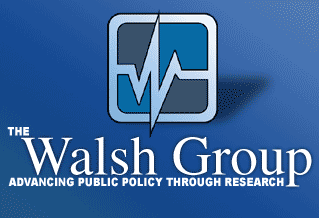
November 15, 2002
Many, Undetected, Use Drugs and Then Drive, Report Says
By FOX BUTTERFIELD
An estimated nine million Americans a year drive while under the influence of illegal drugs, but efforts to identify, arrest and treat them have been hampered by the weakness of state laws and, until recently, a lack of quick and reliable drug tests, a new report says.
The report, issued yesterday by the Robert Wood Johnson Foundation and the National Highway Traffic Safety Administration, calls on states to adopt criminal laws setting strict standards on the presence of drugs in a driver's body, just as they use blood alcohol content to determine that a driver is intoxicated.
At present, eight states have laws, almost all passed in the last few years, that make it illegal to drive with any measurable amount of forbidden drugs in the system. In the other states, prosecutors must usually prove that the reckless conduct for which a driver was stopped was caused by drugs — a difficult standard, the report said, because a variety of factors may come into play, including the type of drug, the dose, the way it was taken and the user's metabolism.
"Driving under the influence of drugs is a growing national problem, particularly among young people, but drugged drivers are not detected nearly as often as drunk drivers," said Michael Walsh, the lead author.
"There is an assumption that if we can arrest drunk drivers, we are getting all the drugged drivers, but that's not true," said Mr. Walsh, president of The Walsh Group, a consulting firm in Bethesda, Md., who was executive director of the President's Drug Advisory Council under the first President Bush. "There are literally millions of Americans who are driving under the influence of drugs that we are not detecting, arresting or sending to treatment."
The report is the first comprehensive study of drugged driving and of the patchwork of state laws to deal with it. The recommendation for new laws was the work of 28 experts, including police officers, prosecutors, drug specialists, insurance company executives and advocates from organizations like Mothers Against Drunk Driving.
One difficulty is a lack of national statistics about the problem, Mr. Walsh and other experts said.
The nine-million-a-year estimate comes from a nationwide survey, done for the Department of Health and Human Services in 1999, that asked respondents whether in the last year, they had driven within two hours after using marijuana or cocaine. (The new report does not cite a comparable statistic for driving under the influence of alcohol.)
But Mr. Walsh said the 1999 estimate might be low. A Florida survey done by his consulting firm in 2000 found that about a third of all people stopped for driving erratically or speeding who then failed a field sobriety test were not drunk on alcohol but high on drugs. The determination was made by urine testing.
Even in the eight states that criminalize driving with any amount of illegal drugs in the system, the number of prosecutions is small. In Minnesota, for example, there were only 204 convictions in 1999. The other states are Arizona, Georgia, Illinois, Indiana, Iowa, Rhode Island and Utah
|

